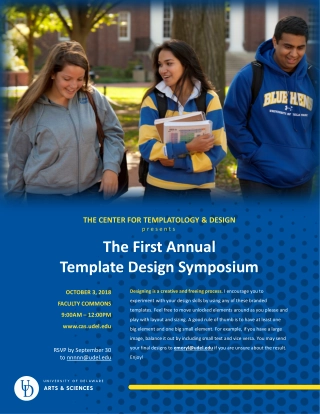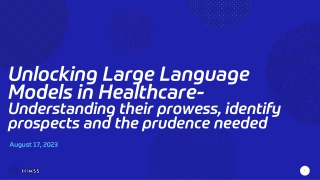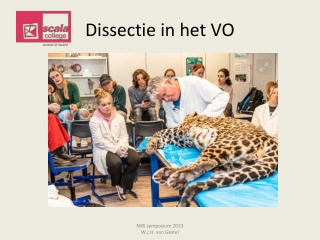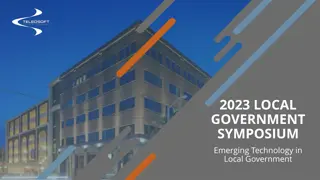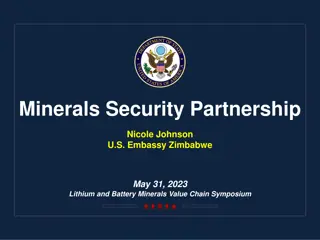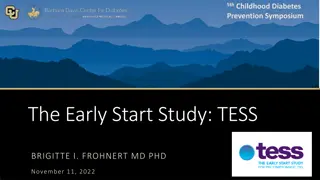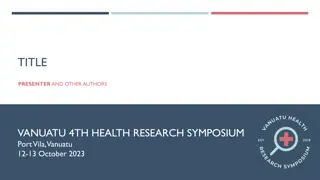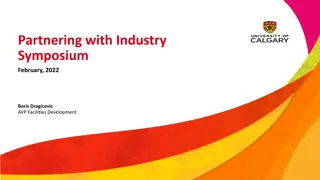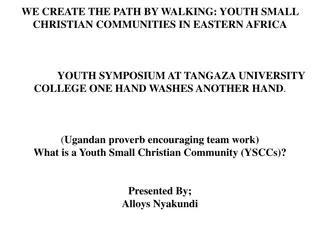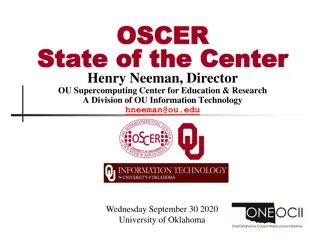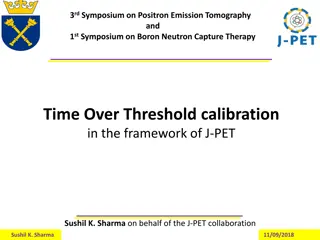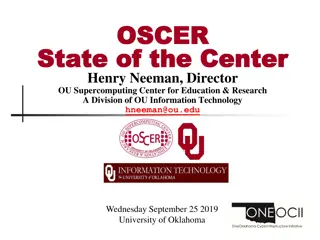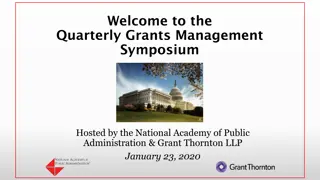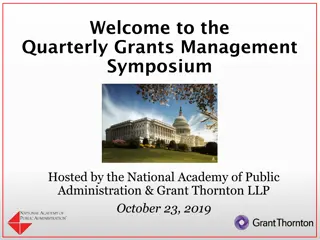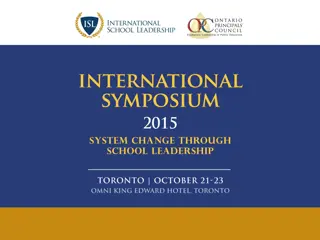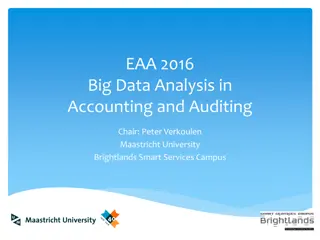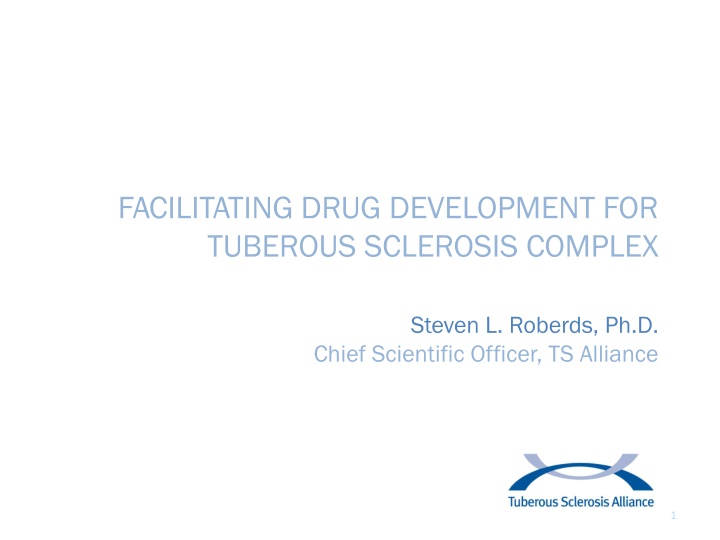
Drug Development for Tuberous Sclerosis Complex
Learn about the genetic disorder Tuberous Sclerosis Complex (TSC) and the impact it has on vital organs, such as the brain and kidneys, affecting nearly 1 in 6,000 live births. Discover the efforts of the Tuberous Sclerosis Alliance in advancing research and finding a cure, with a focus on improving the lives of those affected by TSC through research initiatives, collaborations, and community support.
Download Presentation

Please find below an Image/Link to download the presentation.
The content on the website is provided AS IS for your information and personal use only. It may not be sold, licensed, or shared on other websites without obtaining consent from the author. If you encounter any issues during the download, it is possible that the publisher has removed the file from their server.
You are allowed to download the files provided on this website for personal or commercial use, subject to the condition that they are used lawfully. All files are the property of their respective owners.
The content on the website is provided AS IS for your information and personal use only. It may not be sold, licensed, or shared on other websites without obtaining consent from the author.
E N D
Presentation Transcript
FACILITATING DRUG DEVELOPMENT FOR TUBEROUS SCLEROSIS COMPLEX Steven L. Roberds, Ph.D. Chief Scientific Officer, TS Alliance 1
ABOUT TUBEROUS SCLEROSIS COMPLEX Tuberous sclerosis complex (or TSC) is a genetic disorder that causes tumors to form in vital organs, primarily the brain, eyes, heart, kidney, liver, lungs and skin. TSC affects ~1 in 6,000 live births. An estimated 50,000 Americans have TSC, and more than 1 million worldwide. No two people are affected the same way, not even identical twins. Neurological manifestations are often the most devastating affecting almost all with TSC in some manner, from mild to severe. TSC is a leading genetic cause of autism and epilepsy.
TUBEROUS SCLEROSIS ALLIANCE (TS ALLIANCE) The TS Alliance, founded in 1974, is committed to finding a cure for tuberous sclerosis complex while improving the lives of those affected: by developing programs, support services and resource information; by stimulating and sponsoring research; and by creating and implementing public and professional education programs designed to heighten awareness of the disease. 3
ANNUAL INVESTMENTS IN TSC RESEARCH NIH, TSCRP, and TS Alliance 4
IMPACTING DRUG DEVELOPMENT WITH LIMITED, FOCUSED FUNDING Lead optimization Phase 1 Preclinical Development Phase 2 Phase 3 Approved Drug screening Hypothesis generation 5
TS ALLIANCE RESEARCH INITIATIVES AND COLLABORATIONS to accelerate discovery of new treatments and a cure Improved quality of life, Improved quality of life, personalized treatment, cure personalized treatment, cure 6
TSC NATURAL HISTORY DATABASE Since 2006, enrolled 2,000 participants Data entered at 18 TSC Clinics throughout the US 2016-2018 strategy is to increase depth of data in areas related to TSC constituents research priorities: 7
TSC BIOSAMPLE REPOSITORY Linked to clinical data in Natural History Database Voluntary TSC NHD Participants Examples of Research Needs Examples of Research Needs Understanding phenotypic heterogeneity Development of clinical biomarkers Patient-derived cells for drug testing DNA Plasma Tissue 8
TSC CLINICAL RESEARCH CONSORTIUM Biomarker studies initiated in 2013 funded by NIH Identify early markers of risk for autism in TSC (NINDS, NICHD) Identify early markers of risk for epilepsy in TSC (NINDS) Regular EEG and imaging evaluation of 40 infants Interim results published in October for 28 infants Clinical seizures No clinical seizures 0 9 Abnormal EEG Normal EEG 14 5 Sensitivity-73.7% Specificity- 100% Positive Predictive Value (PPV)-100% Negative Predictive Value(NPV)--64% Wu et al (2016) Pediatr Neurol 54:29-34 9
PREVENTING EPILEPSY USING VIGABATRIN IN INFANTS WITH TSC (PREVeNT) TRIAL NINDS-funded Phase II study Projected start date: Fall 2016 Multicenter: 7 sites across the US Study objective: impact of early versus delayed treatment with vigabatrin on development, assessed at 24 and 36 months of age 10
TSC PRECLINICAL CONSORTIUM Key piece of strategy to accelerate drug development Standardize models, tests and assays for preclinical drug development Re-purpose compounds of interest Test analogs with improved safety profiles Investigate novel compounds and mechanisms of action Engage industry and increase opportunities for clinical trials Focus on Transparency, Robustness, Replication, Rigor and Translatability 11
EPILEPSY IN TSC: EPIDEMIOLOGY & NATURAL HISTORY Epilepsy occurs in ~85% of individuals with TSC (Sparagana et al., 2003; Devlin et al., 2006; Chu-Shore et al. 2010). Age of seizure onset is <1 year in 63% and <3 years in 82% (Chu-Shore et al. 2010). Multiple seizure types occur in about one-half of TSC patients, including focal and generalized seizures and infantile spasms. ~2/3 of TSC patients with epilepsy are drug-resistant, as opposed to ~1/3 intractability rate in general epilepsy population. - one exception: vigabatrin for spasms in TSC However, a subset of TSC patients may achieve prolonged seizure remission, including off seizure medication. (with thanks to M. Wong) 12
EPILEPSY MODEL TOP PRIORITY: GFAP-TSC1 CKO 13 (with thanks to M. Wong)
TSC PRECLINICAL CONSORTIUM Industry screening buckets Initial Commitment Screening Type Bucket Bucket A. Reference compounds with results released to consortium. No IP implication. Public Company Consortium Member Access to all validation, phenotypic and reference compound results including raw data Bucket B. Company's compound with results released to consortium. Escrow period to protect IP. Private Bucket C. Company's compound with results not released to consortium. No strings attached. 15
TS ALLIANCE RESEARCH INITIATIVES AND COLLABORATIONS to accelerate discovery of new treatments and a cure Improved quality of life, Improved quality of life, personalized treatment, cure personalized treatment, cure 16
ACKNOWLEDGMENTS Researchers TSC Clinics Individuals with TSC and their families Industry Partners Donors and Funders Improved quality of life, Improved quality of life, personalized treatment, cure personalized treatment, cure 17

